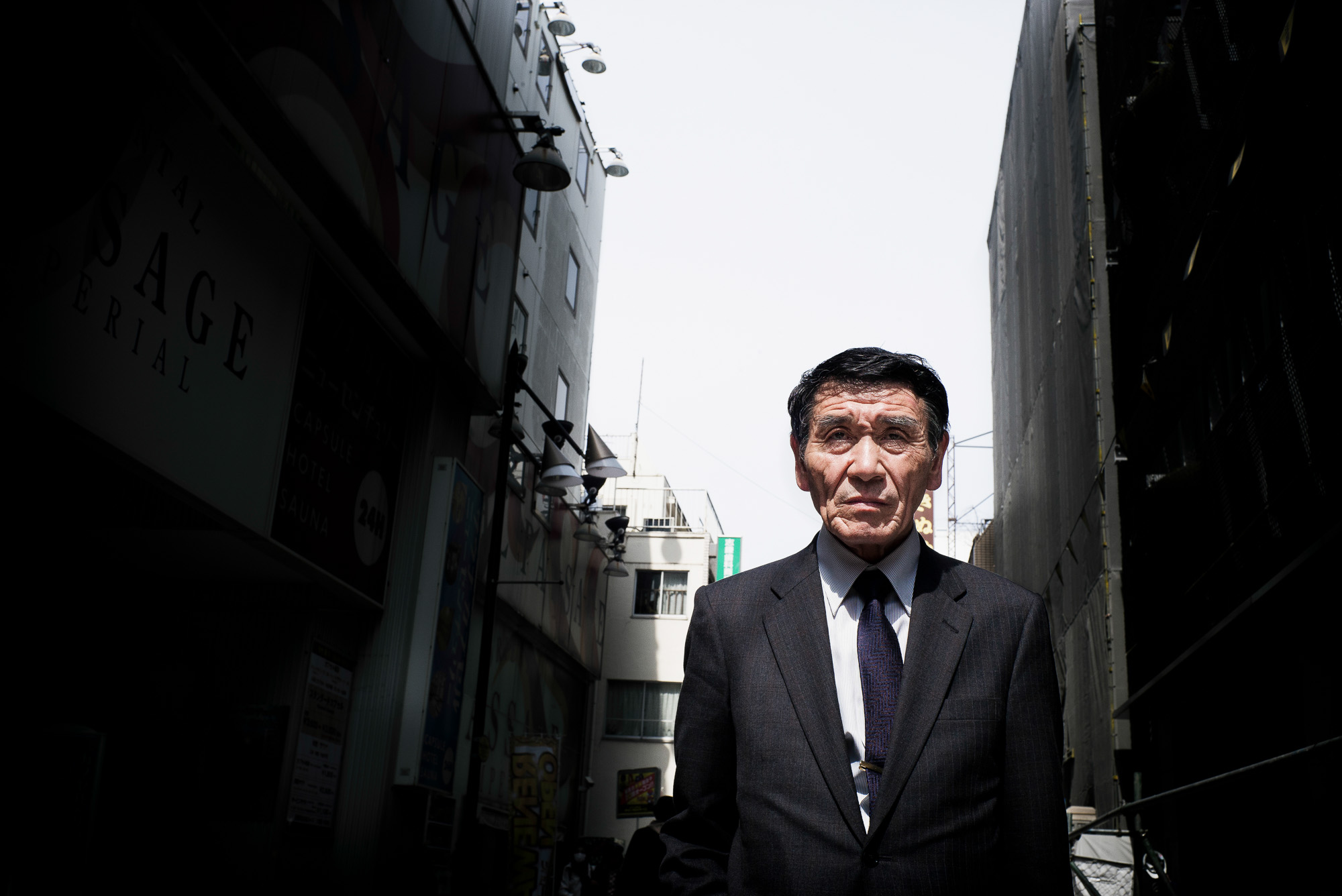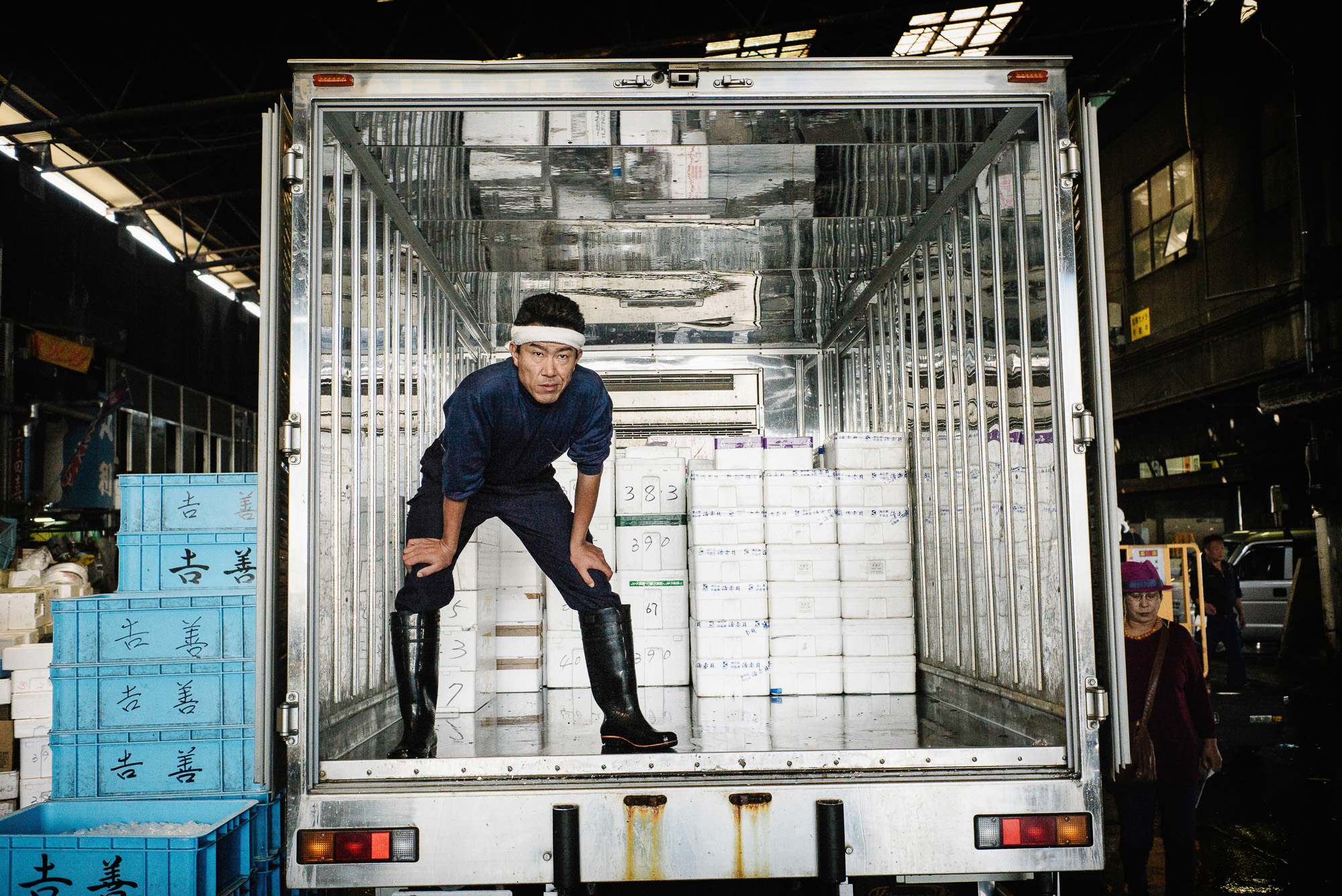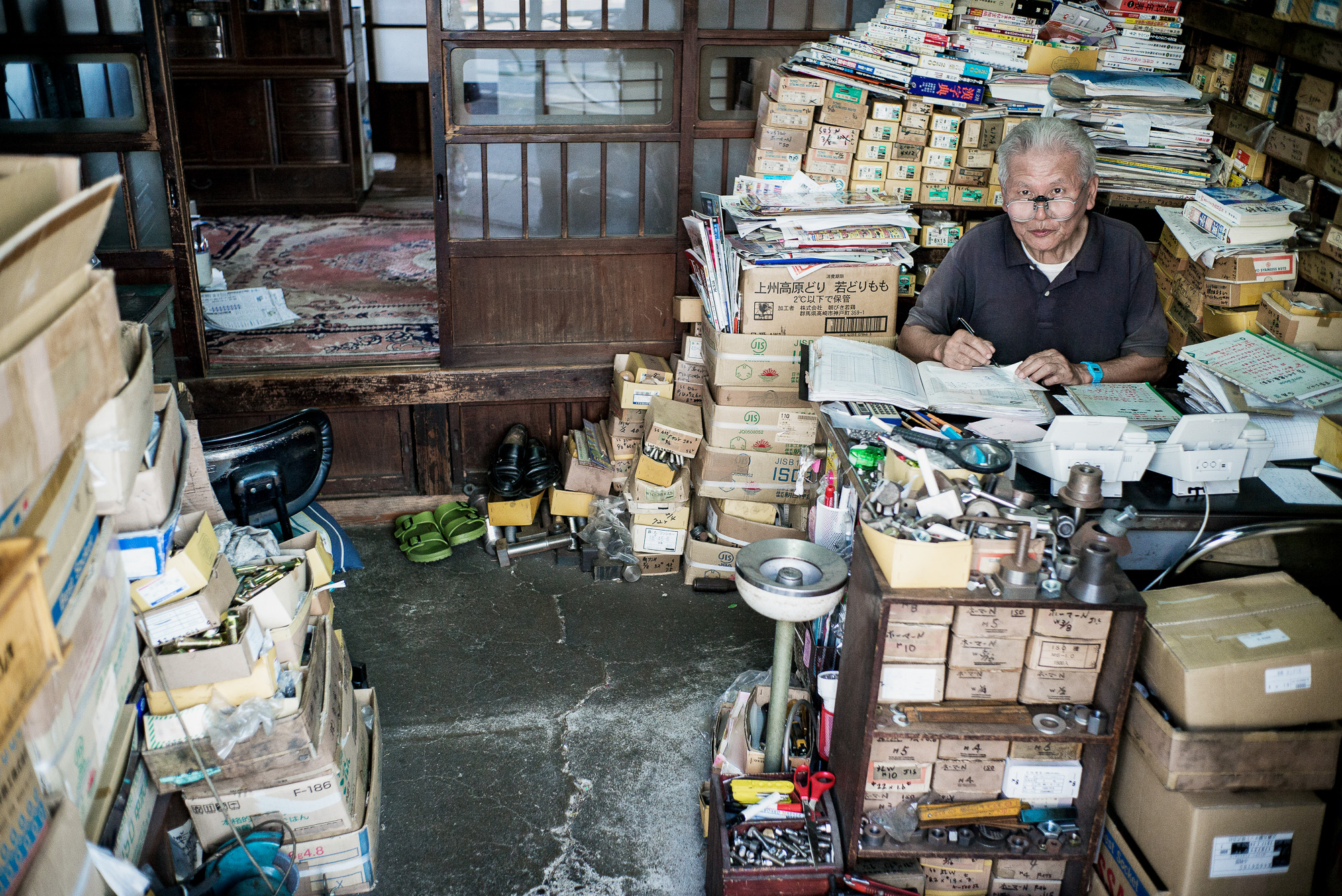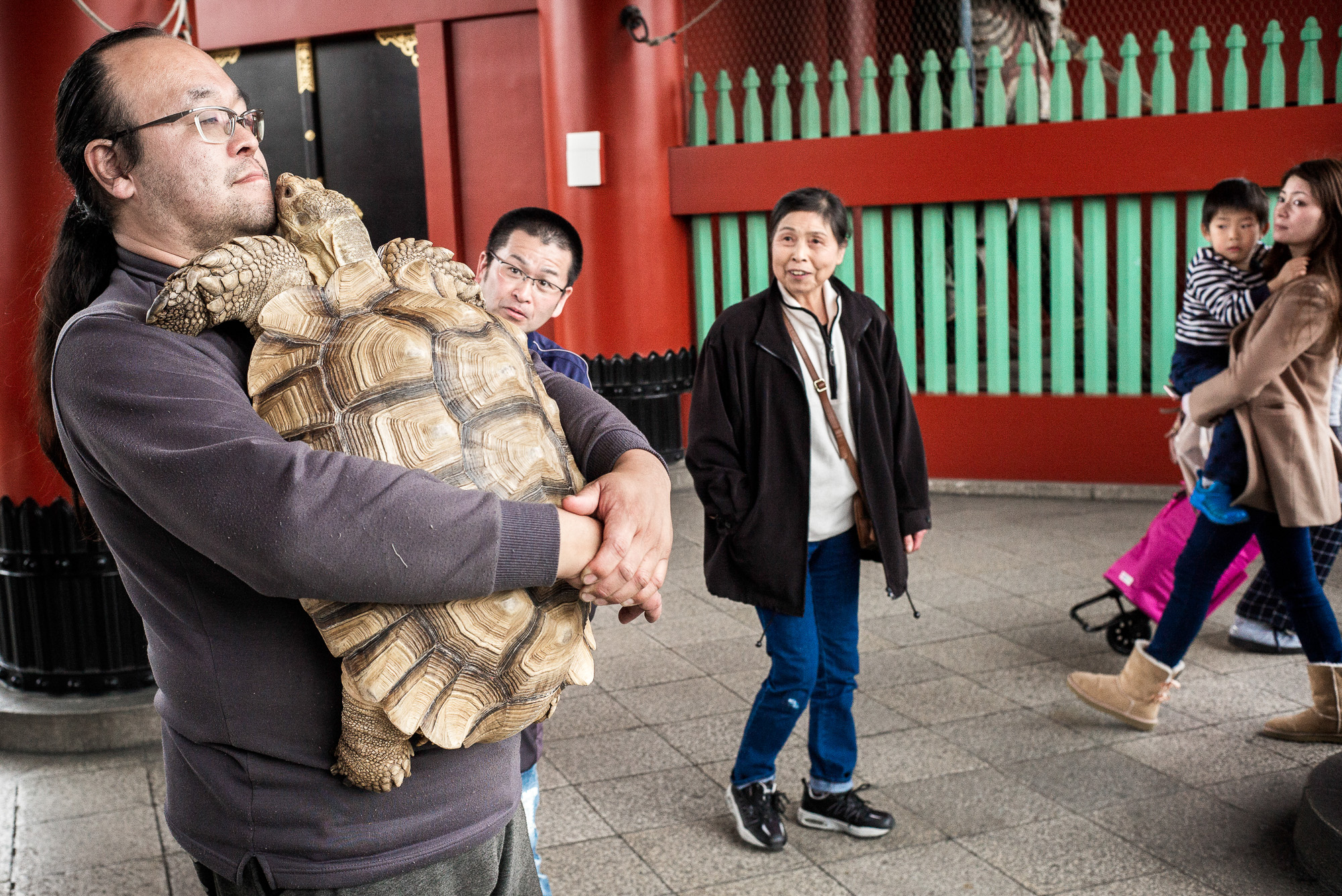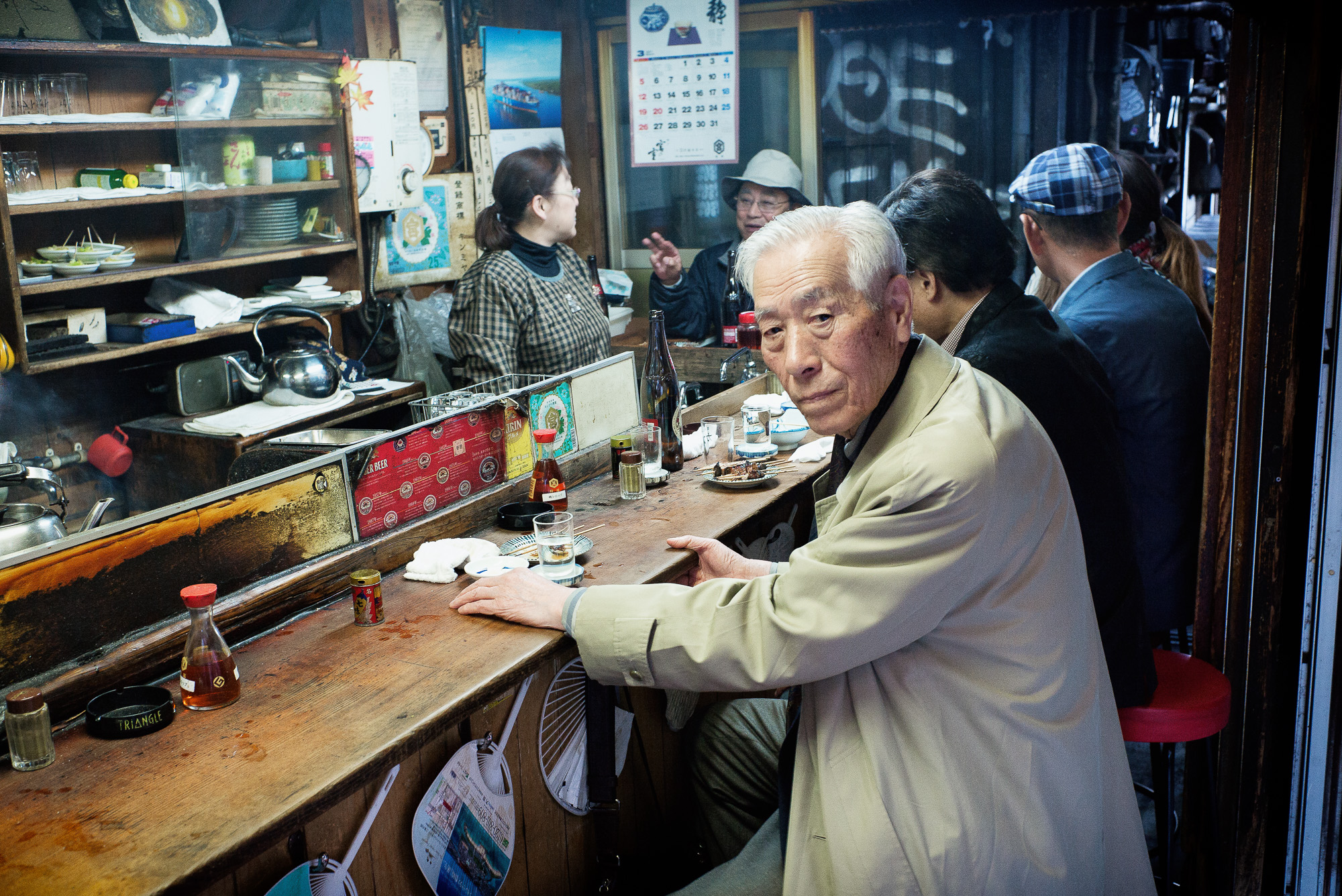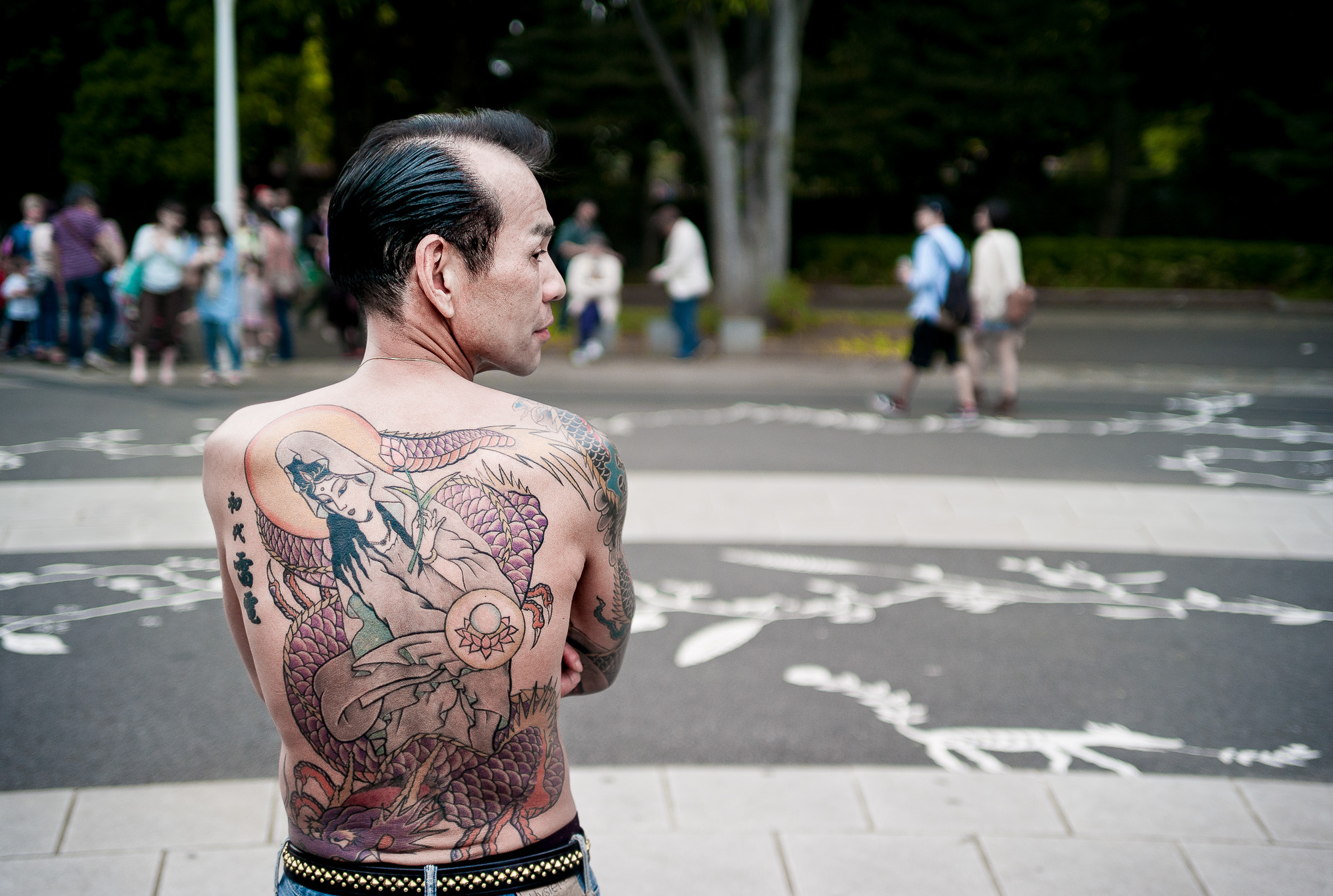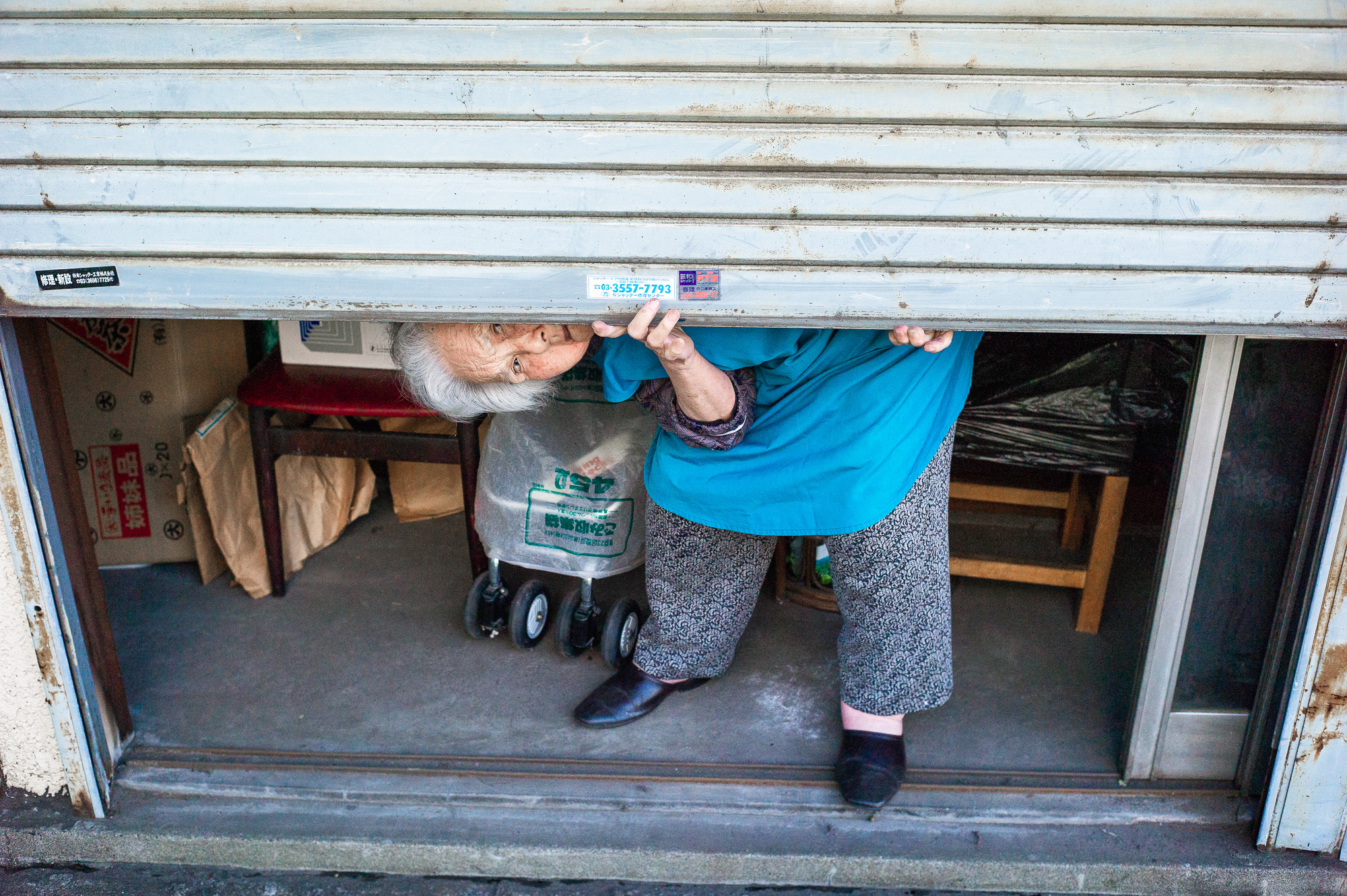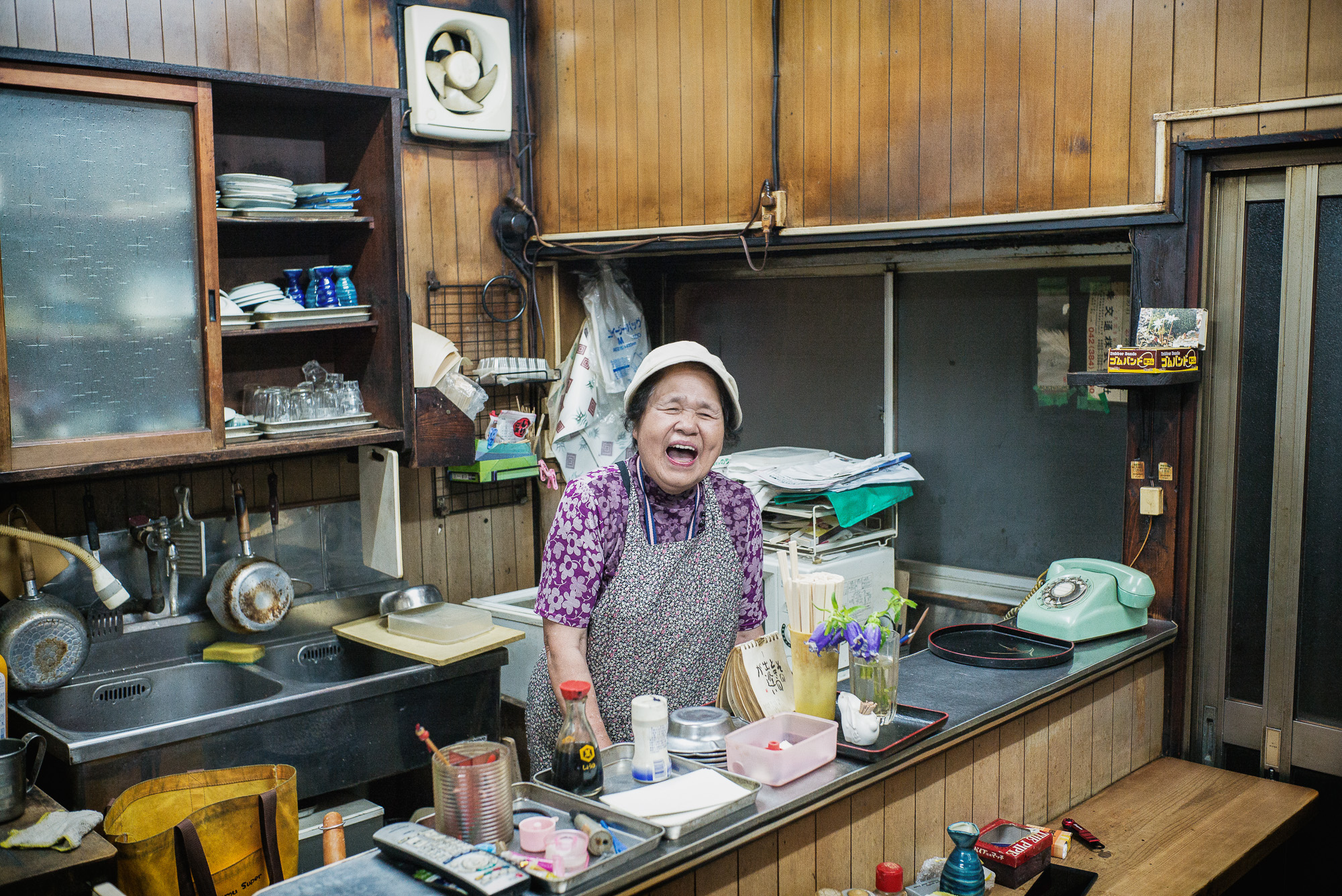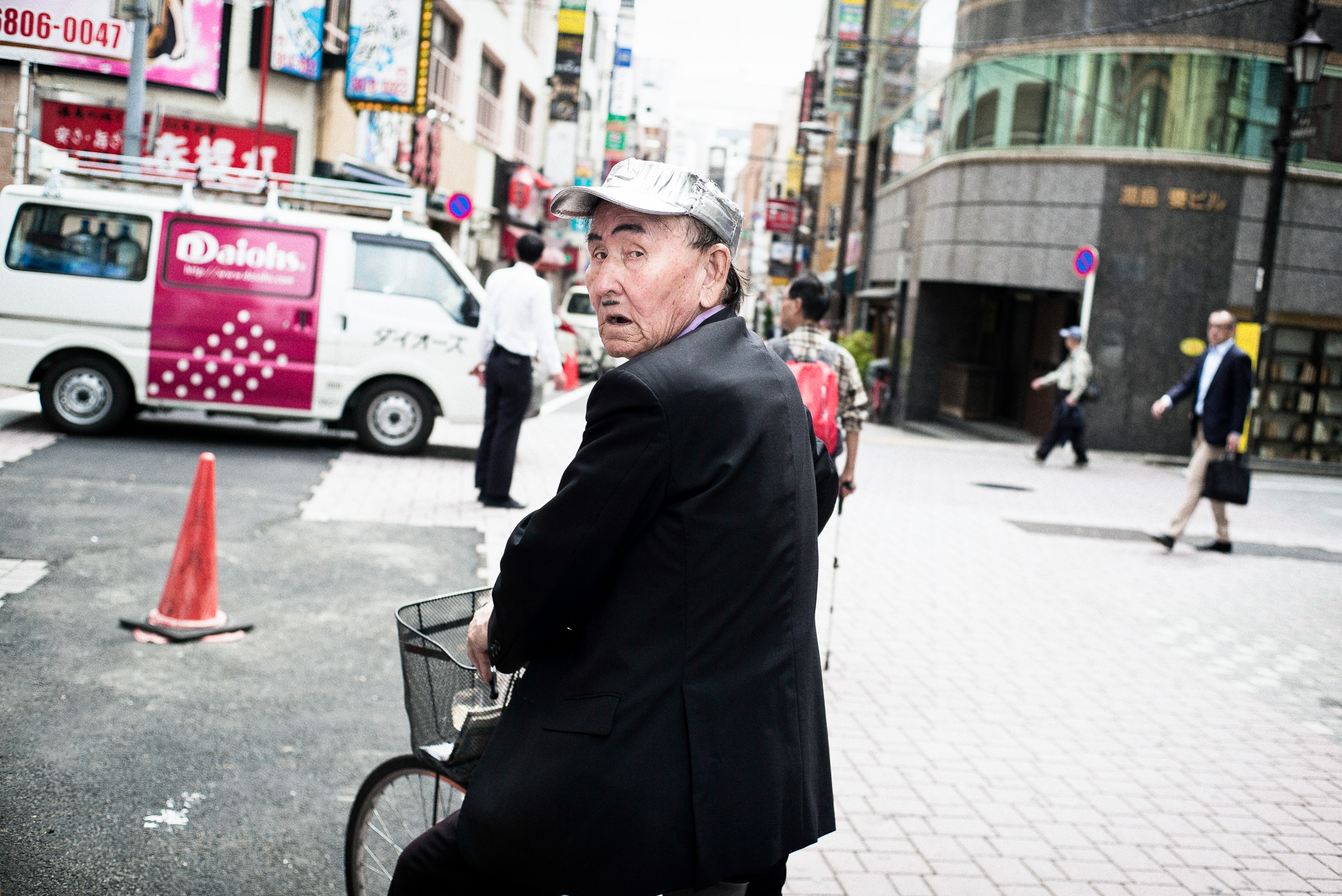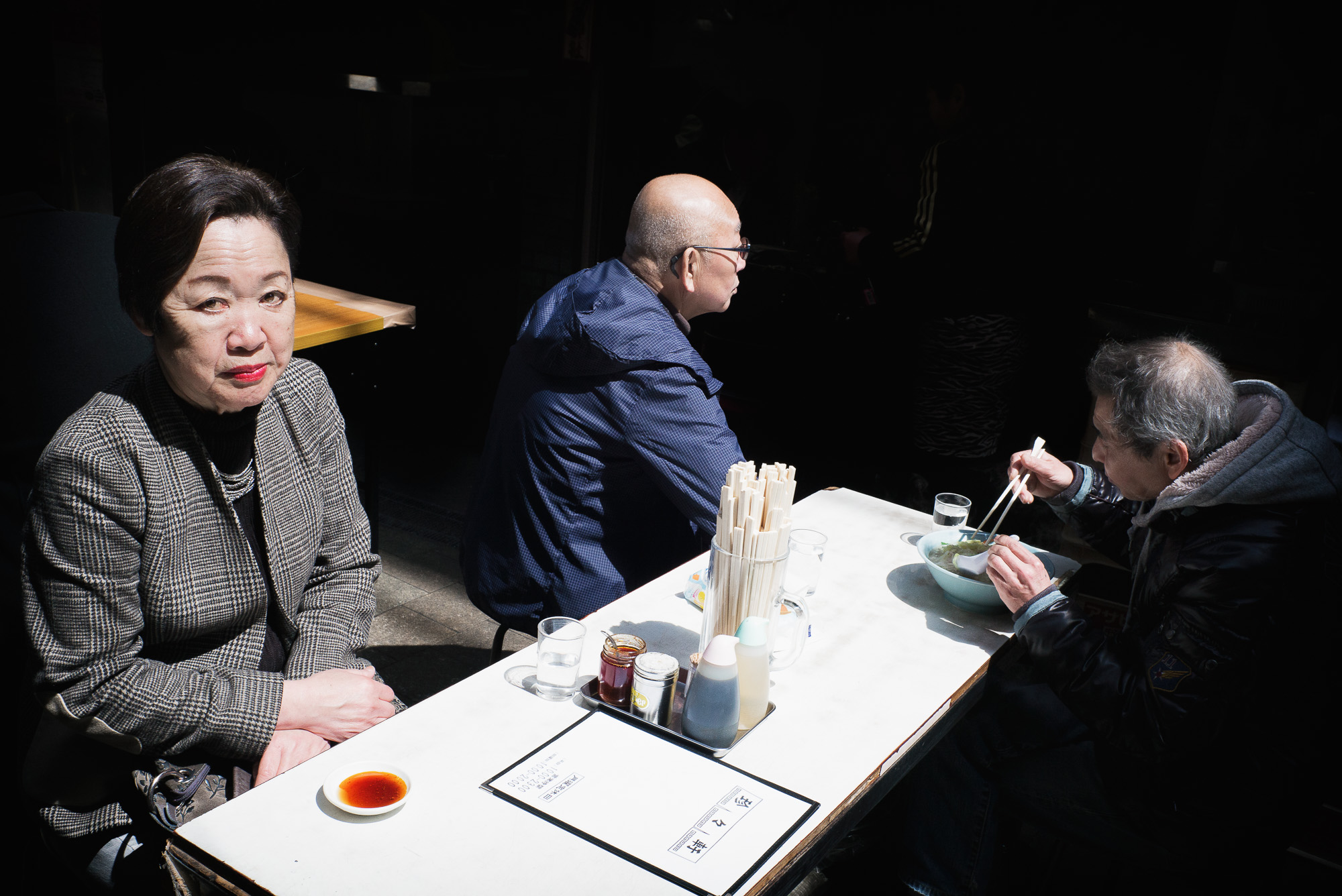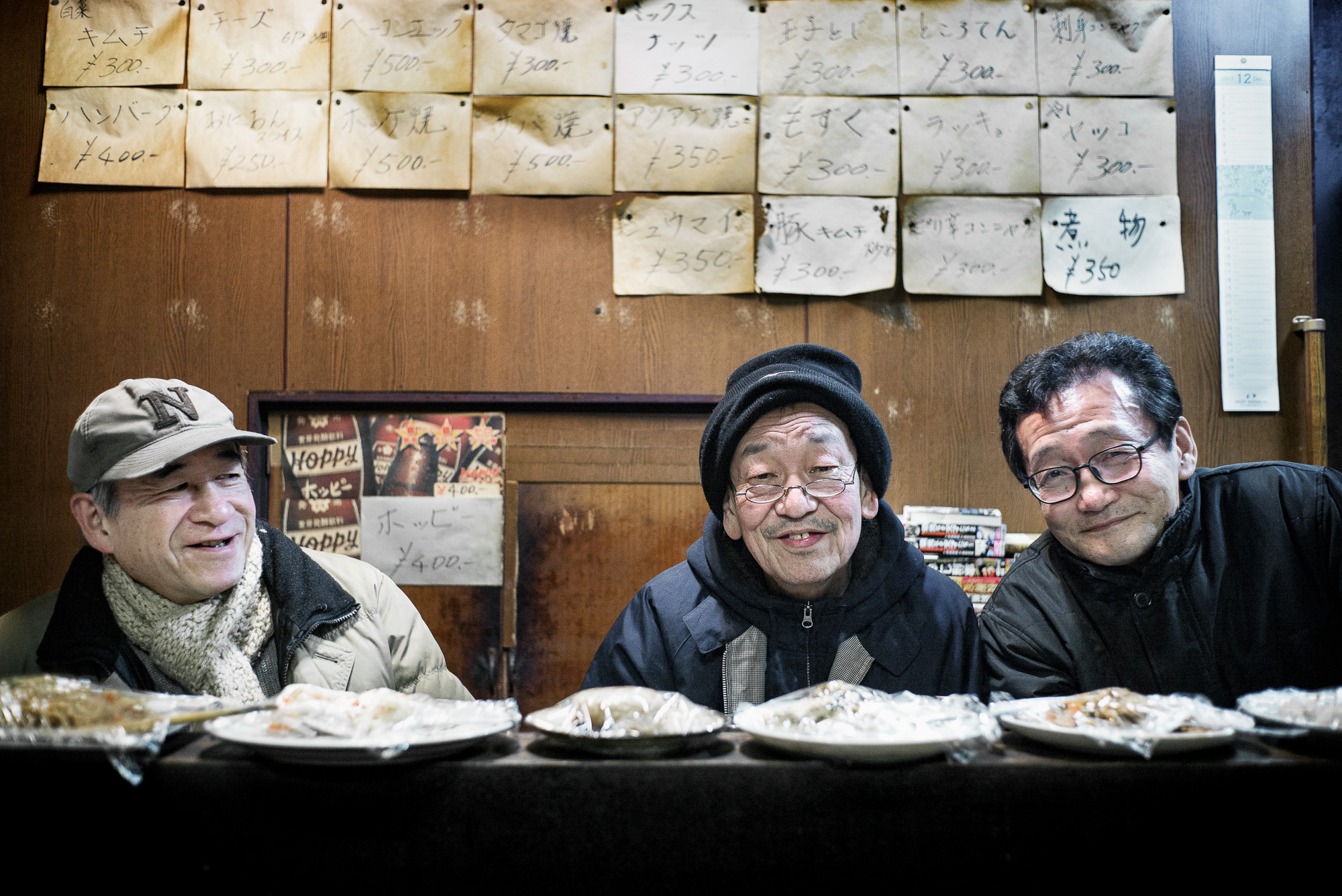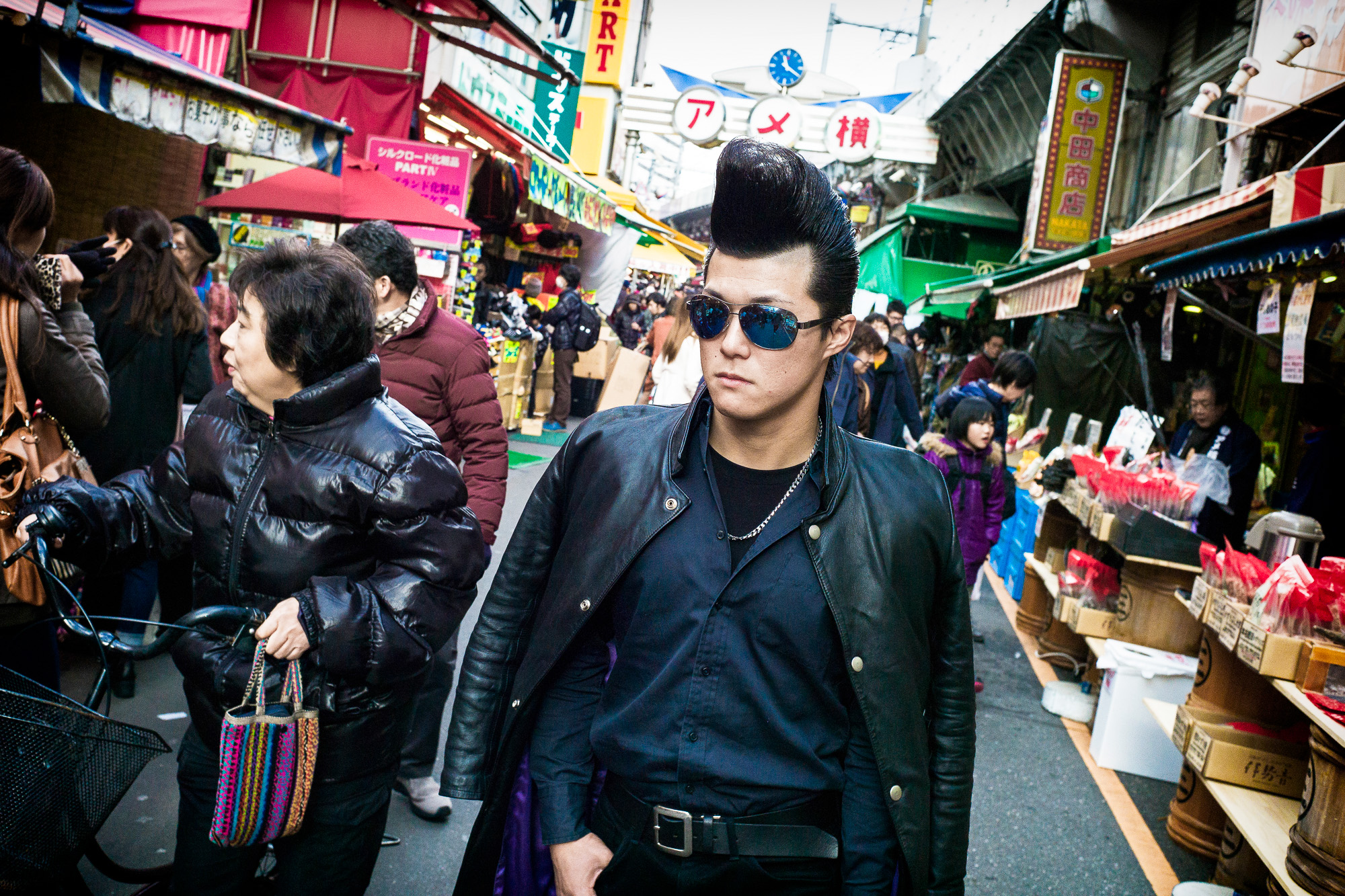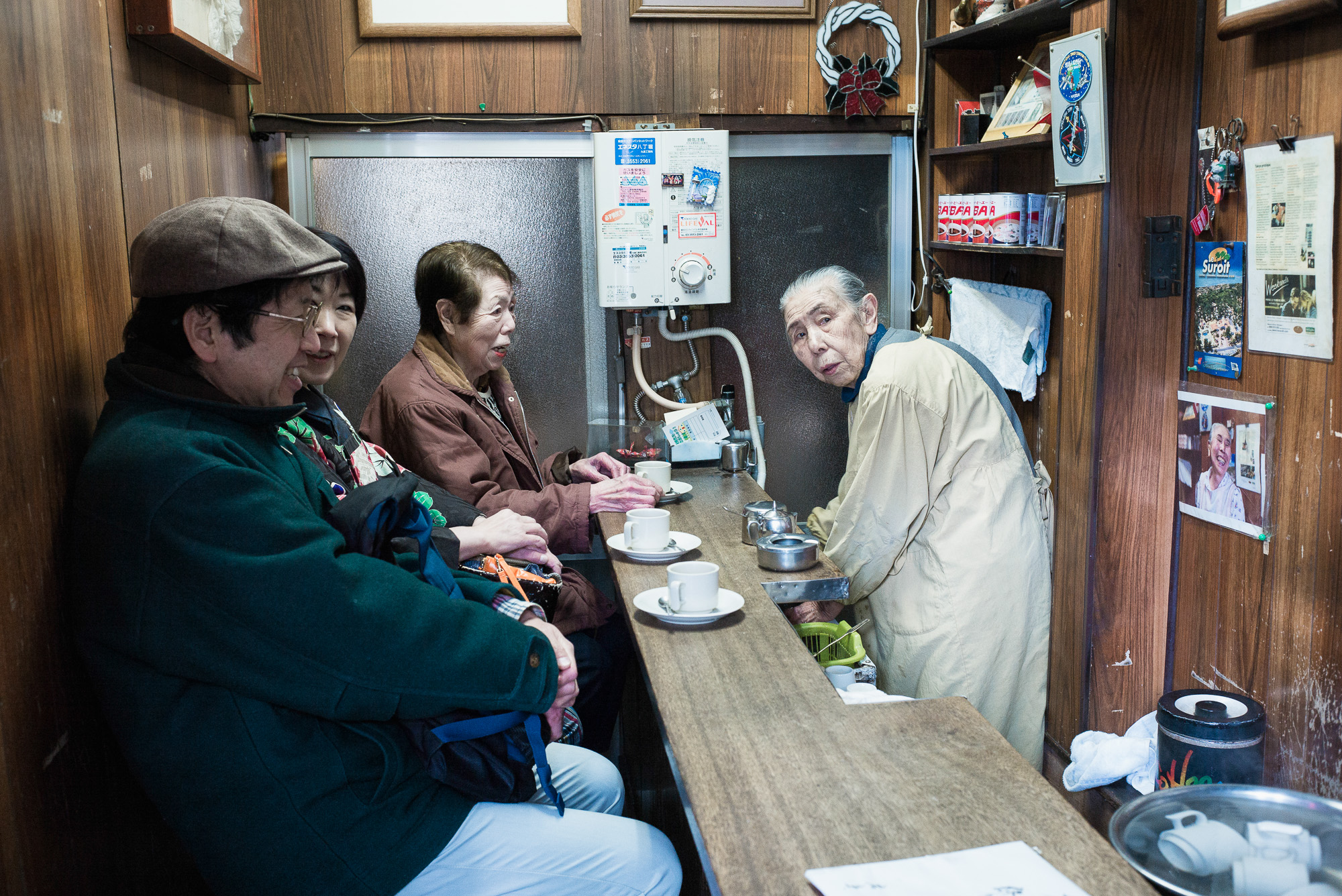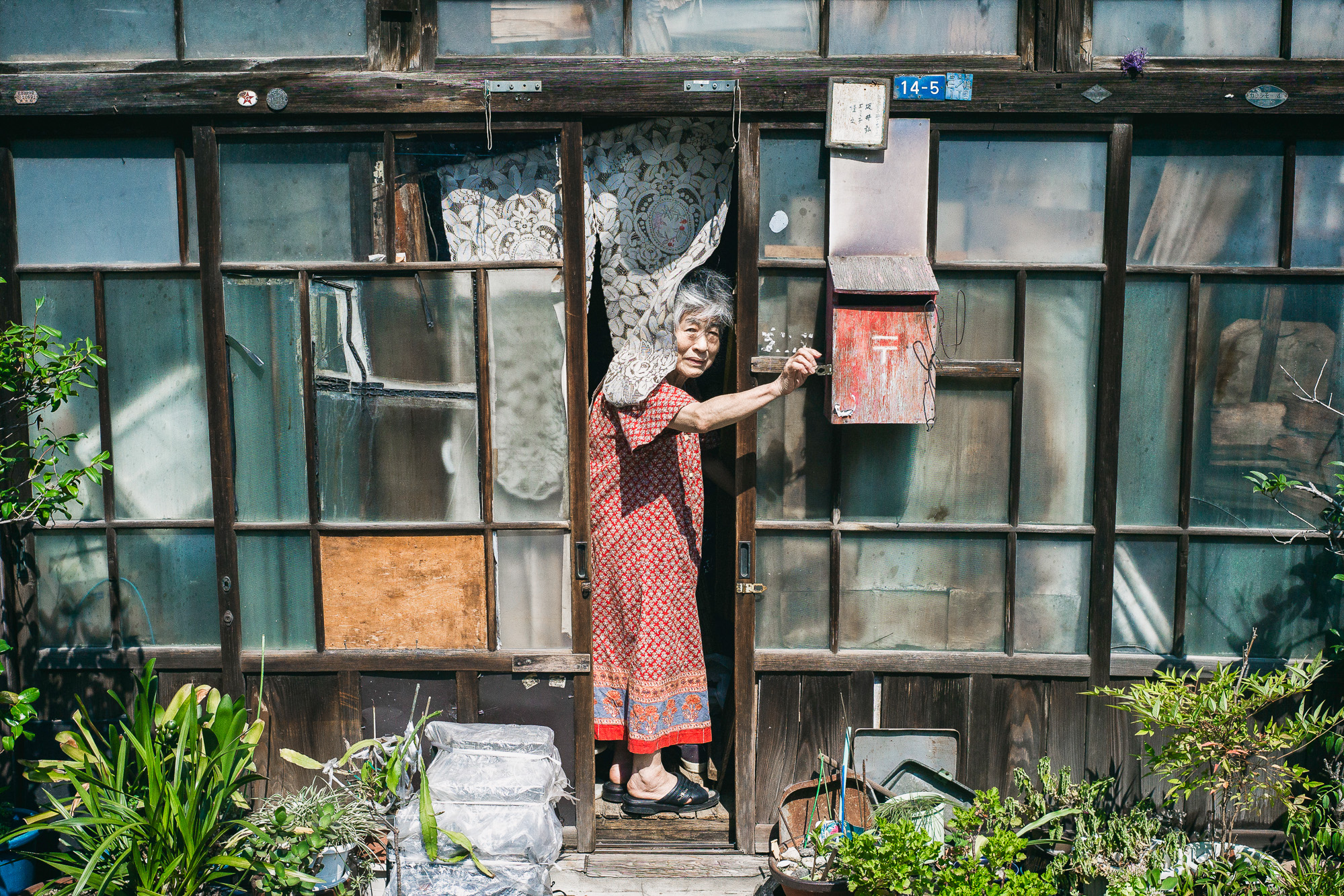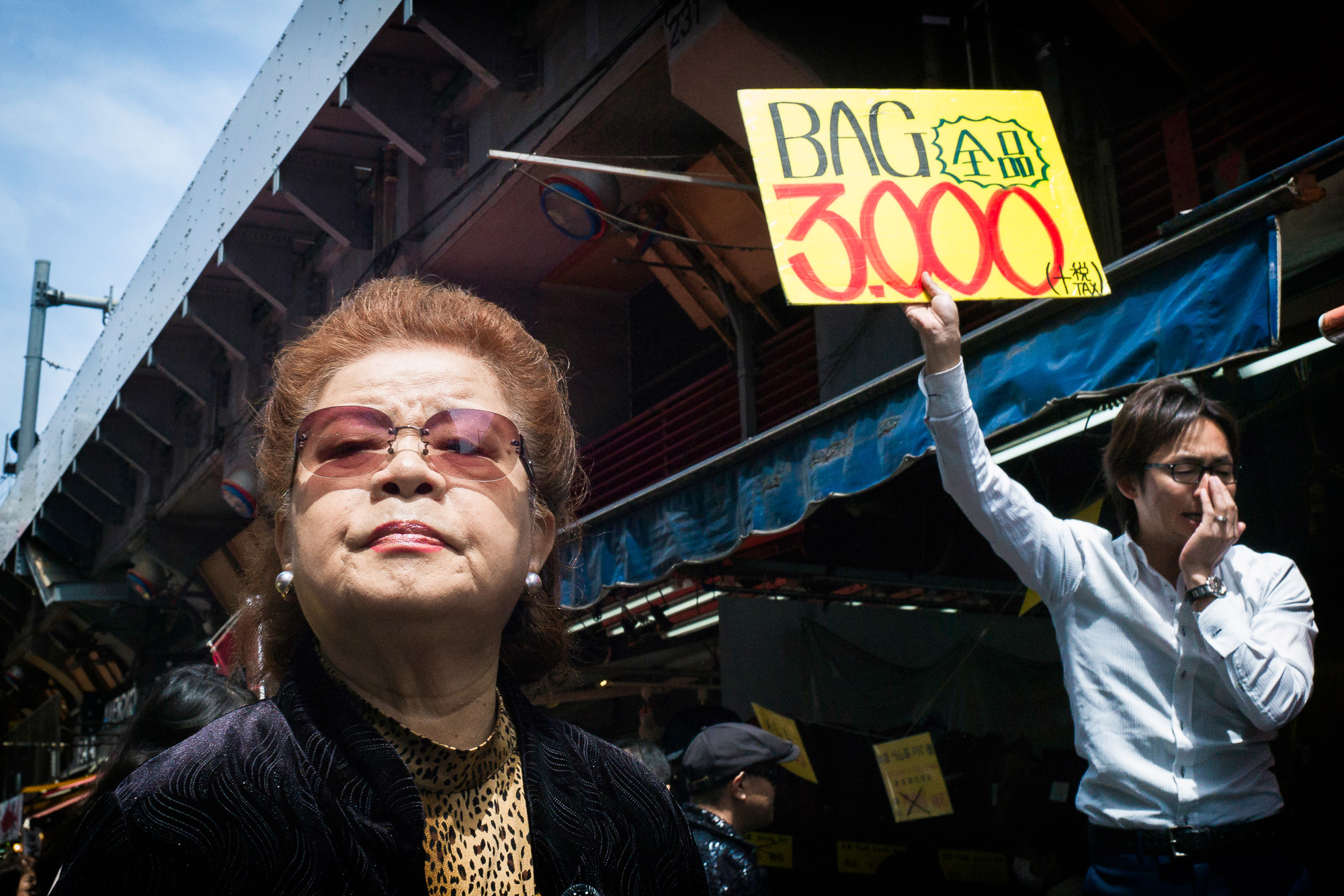With its bustling streets, neon night-scapes, and wonderful habit of putting on surprises, Tokyo is a street photographer’s dream. But while many make a beeline for the Japanese capital’s more famous spots, photographer and long-time Tokyo resident Lee Chapman likes to explore the city’s older parts.
Like many Western residents in Japan, Chapman first came to the country as an English teacher. Initially intending to stay for a year or two, his fascination for the city prompted him to cancel his return ticket to his native U.K. and develop his passion for photographing the place he now calls home.
Many photos I have of someone looking annoyed have actually ended in really nice, friendly conversations.
More than a decade on, Lee continues to walk the streets of Tokyo, capturing compelling images as part of a diverse collection that includes striking portraits of some of the city’s many colorful characters. While most street photographers balk at the idea of getting close to their subjects, Lee, who rarely shoots from the hip, likes to step in with his camera to grab the shot.
Digital Trends chatted with him about his work, including how he finds his subjects, and how he manages to get so close without causing a scene.
Digital Trends: How did you got into street photography?
Lee Chapman: Initially, it started as a way to document the place I live. Japan is very different from my native Britain, and photography naturally felt like the best way to record the people and places I saw.
You get pretty close to your subjects. What technique do you usually use?
It tends to depend on the situation, and more often than not, the light. If it’s bright and sunny, I’ll pre-focus — my preferred distance being 1.5 meters (5 feet) — meaning the only thing I have to think about is composition. That frees me up to be able to take a shot very quickly, should I see someone, or a situation, that interests me.

On days when the light isn’t so good, or consistent, it’s simply a case of being on my toes and ready to capture whatever is in front of me. Being out and about shooting so regularly means that a lot of the process is now second nature — much more instinct than anything.
Finding interesting subjects to shoot, on the other hand, is completely beyond my control. But Tokyo does have a lovely habit of offering up nice surprises on an almost daily basis.
What kind of reactions do you get from the subjects?
Start getting shots you’re happy with, and as well as building confidence, it makes you want to get out more.
It varies. I’d like to say everyone is happy with me taking their photo without prior permission, but that’s not the case. Some people do get angry. It comes with the territory. But this being Japan, it doesn’t usually get much more awkward than a dirty look or muttered complaint. Now and again someone will be more vocal in their displeasure, but thankfully that’s the worst I’ve ever experienced here.
Such instances, however, are fairly rare, and most of the time people really don’t bother. Or if they do, a smile and a quick word of thanks invariably diffuses the situation completely. Many photos I have of someone looking annoyed have actually ended in really nice, friendly conversations.
Do you think there are any cultural factors that make it harder or easier to do street photography in Japan than other countries such as, say, your native U.K.?
Hmm, that’s a tricky one. Culturally, I’d say no. Like I mentioned, people do tend to be fairly relaxed about photographers taking candid shots. In other cities around the world, people can be far more forthright, to say the least.
One difference, however, is that for me at least, I can never just be a part of the crowd here. Blending in and going unnoticed is a physical impossibility. This can make getting candid shots a lot more difficult.
On the plus side, being noticed often results in subjects making eye contact with me and the camera, something I genuinely like — very often strive for, in fact. Similarly, being an obvious foreigner probably allows me to get away with more than your average Japanese person would.
Among your portraits, tell us about one of your favorites.
One that always springs to mind is the old lady lifting up the shutters. I initially saw only her hands and feet, then as her face appeared, I quickly got the shot. A photo I’m very happy with. But the main reason it’s one of my favorites is that seeing me stood there, she immediately, and rather forcefully, commandeered me into helping her. Her former shop, but now just her home, had a lot of shutters, and once done with opening them all, I was invited inside for a chat. A very interesting half an hour or so that I wouldn’t have had without taking that photograph. It’s also even more poignant now as I’ve never seen the shutters raised since, let alone seen the lady herself.
Can you offer any tips for budding street photographers who are keen to capture similar kinds of portraits, but are nervous about going in close?
For most people it isn’t easy, at least not at first. It was exactly the same for me. I’m generally quite shy, so to begin with I was definitely out of my comfort zone. I still am in some situations, or on certain days when for one reason or another I’m not feeling especially confident.
There’s the simple joy of pressing the shutter and instinctively knowing you’ve got a keeper.
The way I got over it was by slowly getting nearer. I started off with a longer lens (85mm), meaning I could be a lot more discreet. Then little by little I moved closer, shortening the focal distance each time, eventually settling on the 35mm that I use almost exclusively now — a transition that also saw me switch from a DSLR to a Leica M.
Results help, too. Start getting shots you’re happy with, and as well as building confidence, it makes you want to get out more — not to mention closer. A great combination that likely results in even better images, prompting a further step forward, both artistically and literally.
How long do you spend out walking on a typical day, and do you ever return home without any pleasing images?
Anywhere from between 6 to 12 miles. Rarely less, but quite often more. And yes, there have been way too many days when I’ve returned home with nothing more than tired legs.
What is it that you love most about street photography?
The exploration, and the fact that every day is completely different. You can walk down the same street on a regular or even daily basis, but every day is going to be different. Different people and different situations. That element of the unknown is what gets me out of bed and onto the streets. It might not always be exciting, but it’s always interesting. And of course, on top of all that there’s the simple joy of pressing the shutter and instinctively knowing you’ve got a keeper.
Where can we see more of your work?
I have a portfolio and a photoblog, and also post on Instagram, Facebook, and Twitter. I offer photowalks in Tokyo, too.
